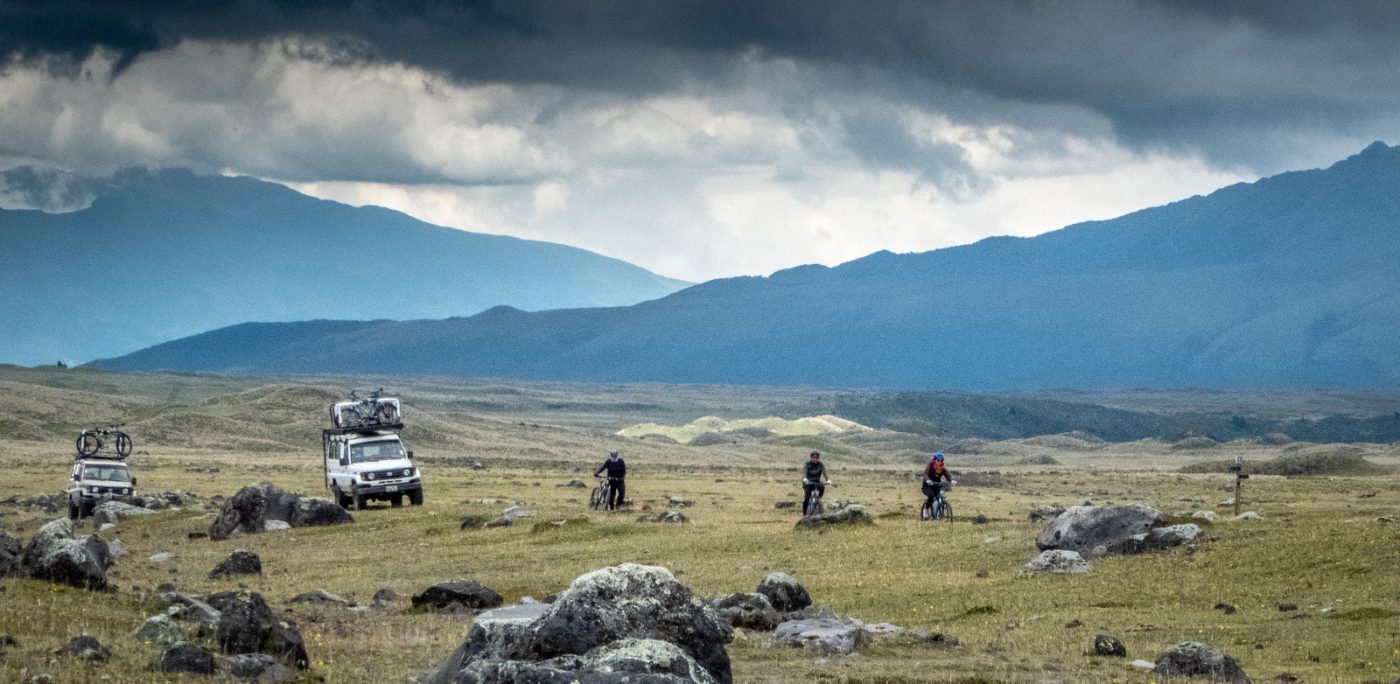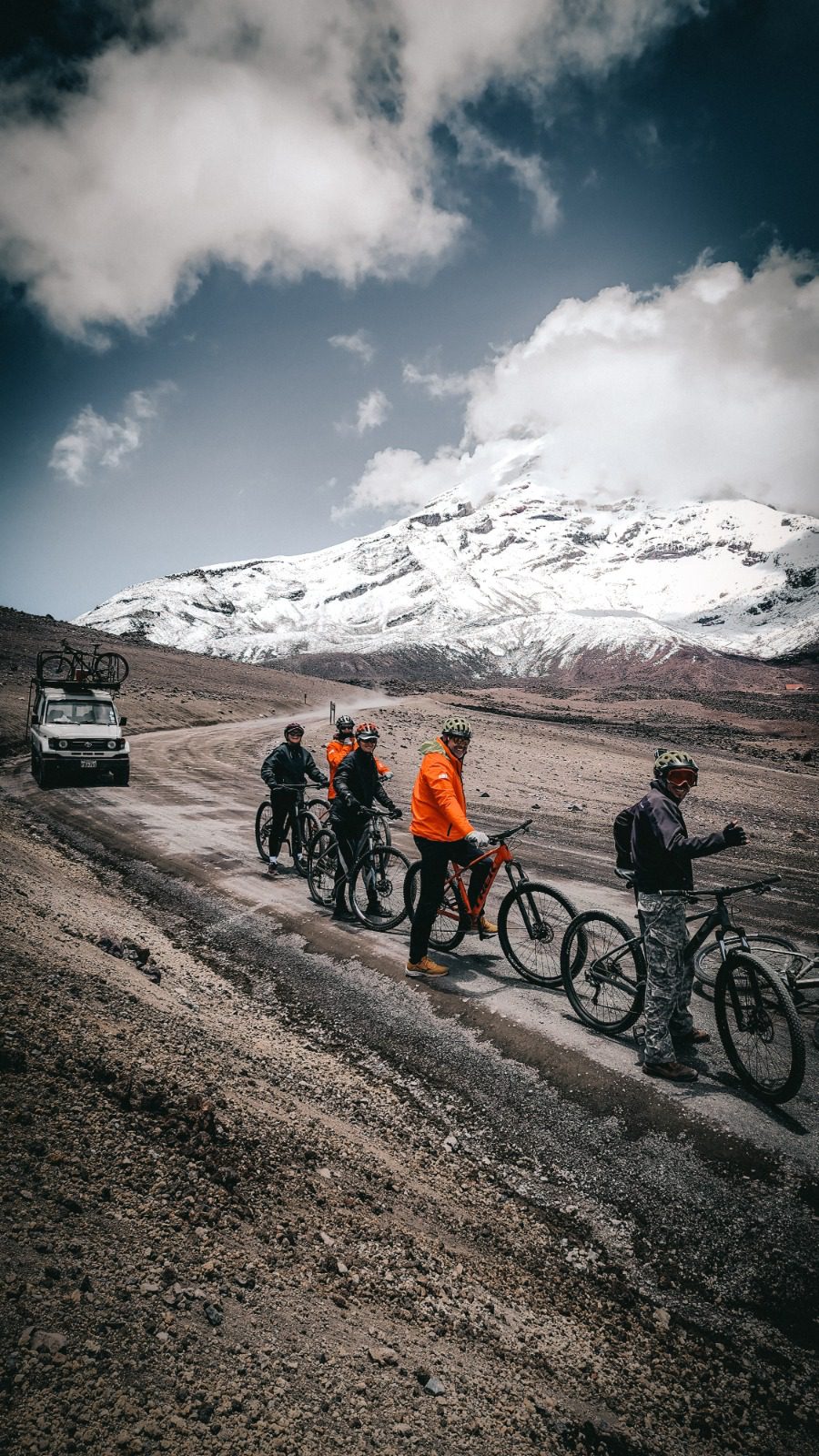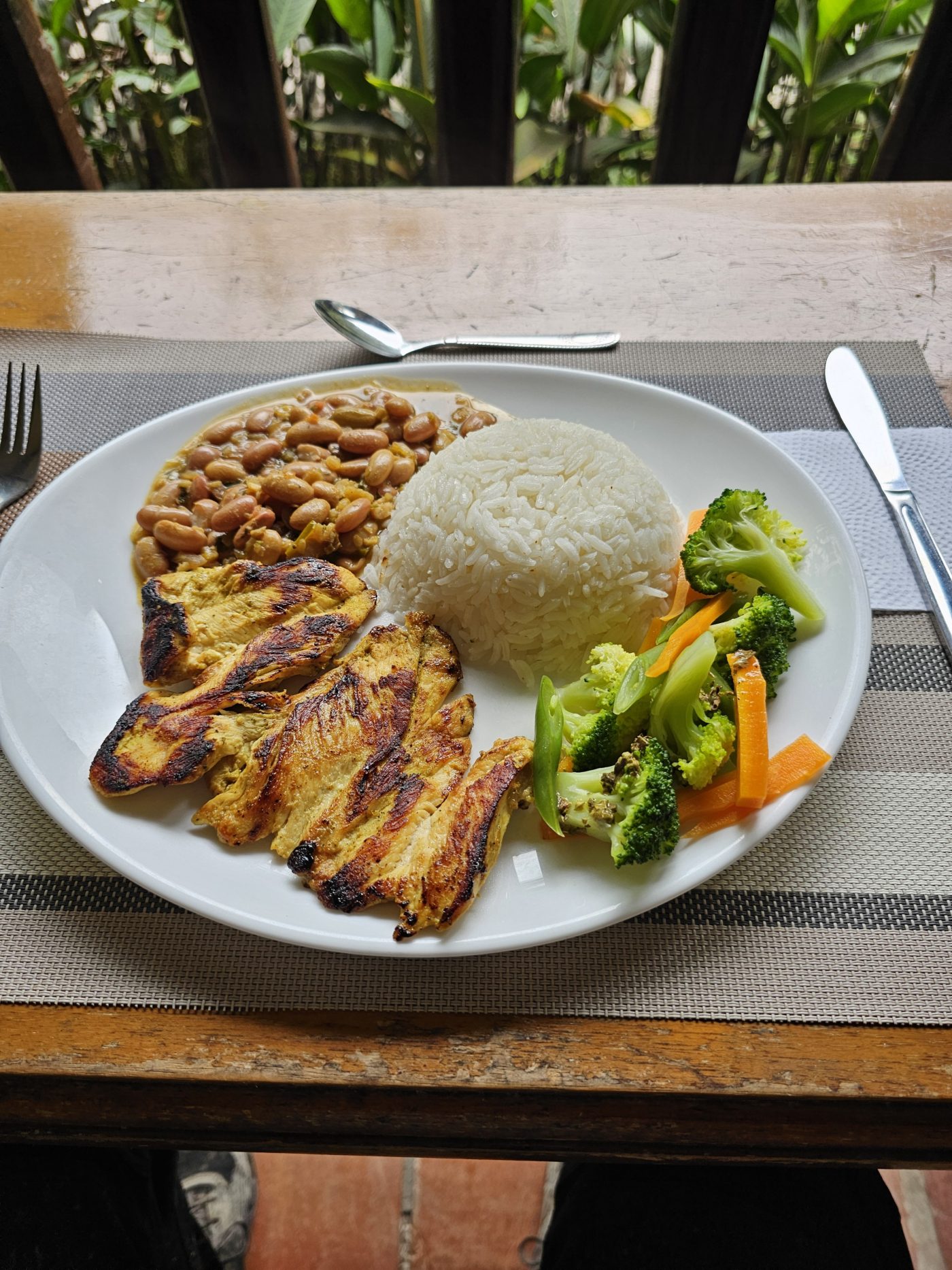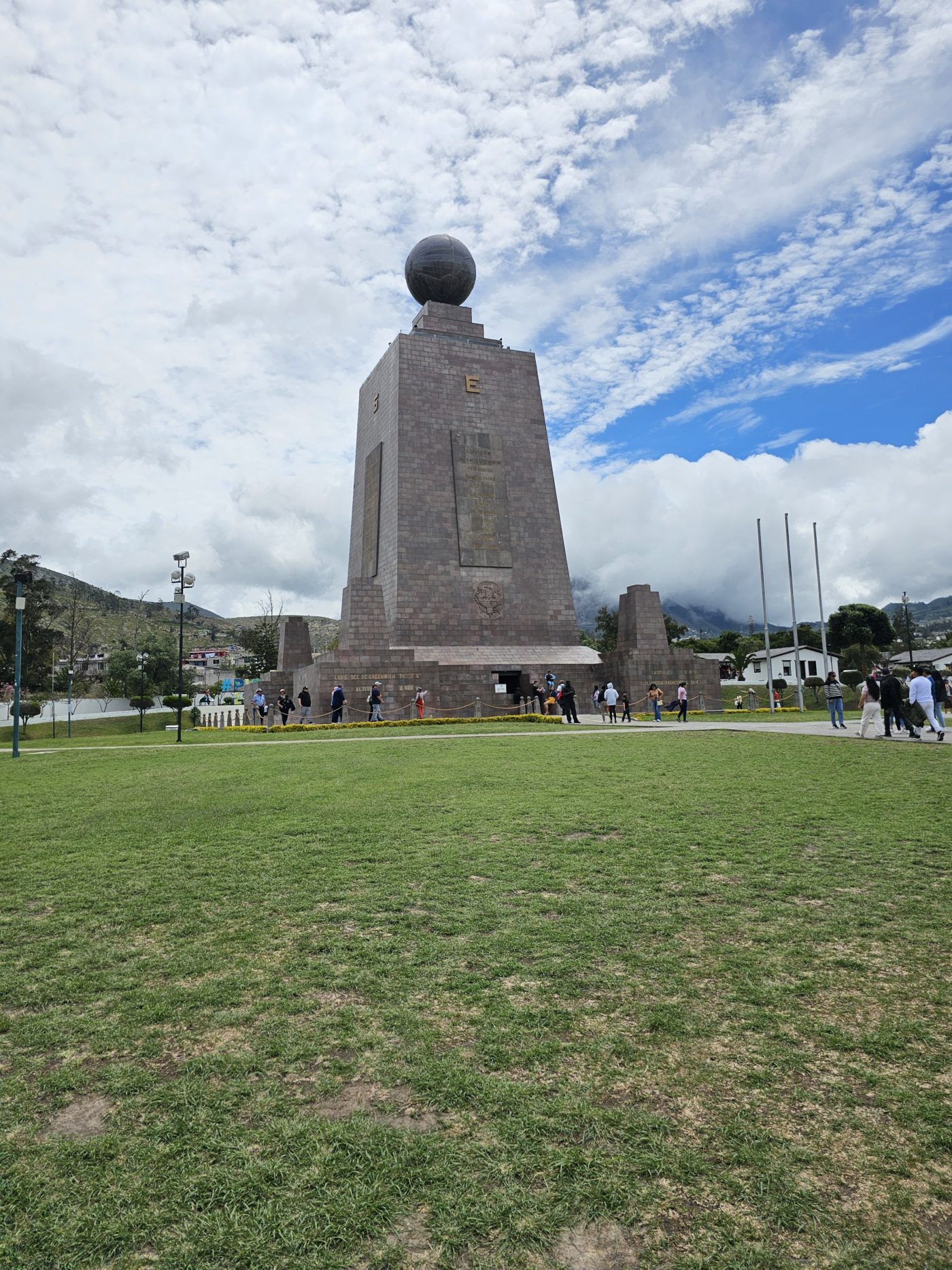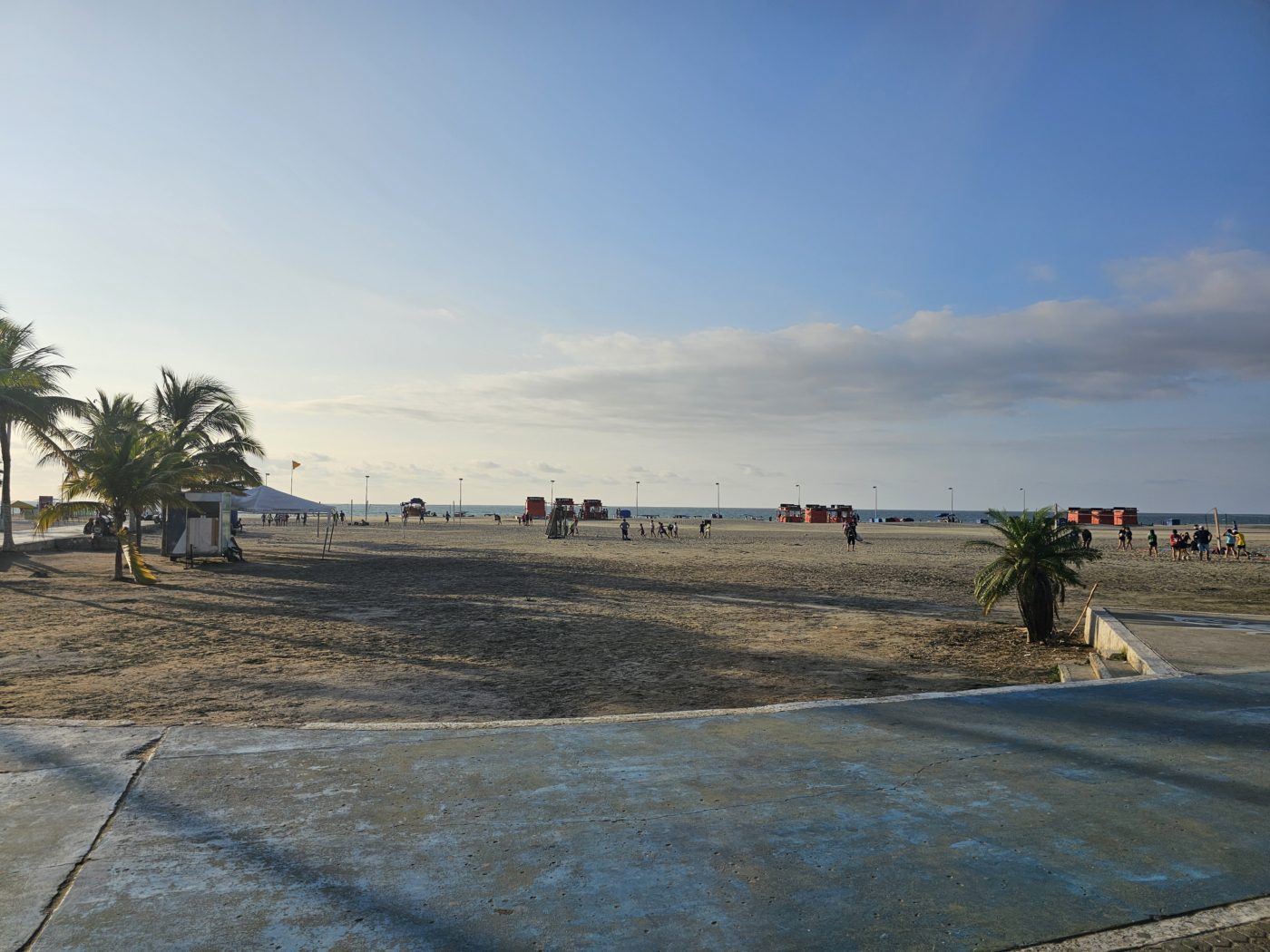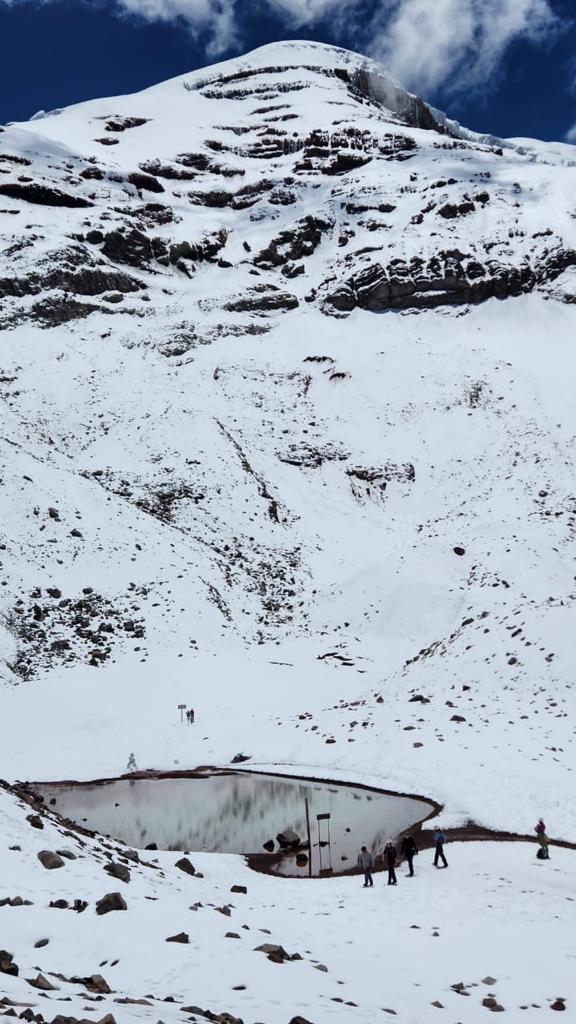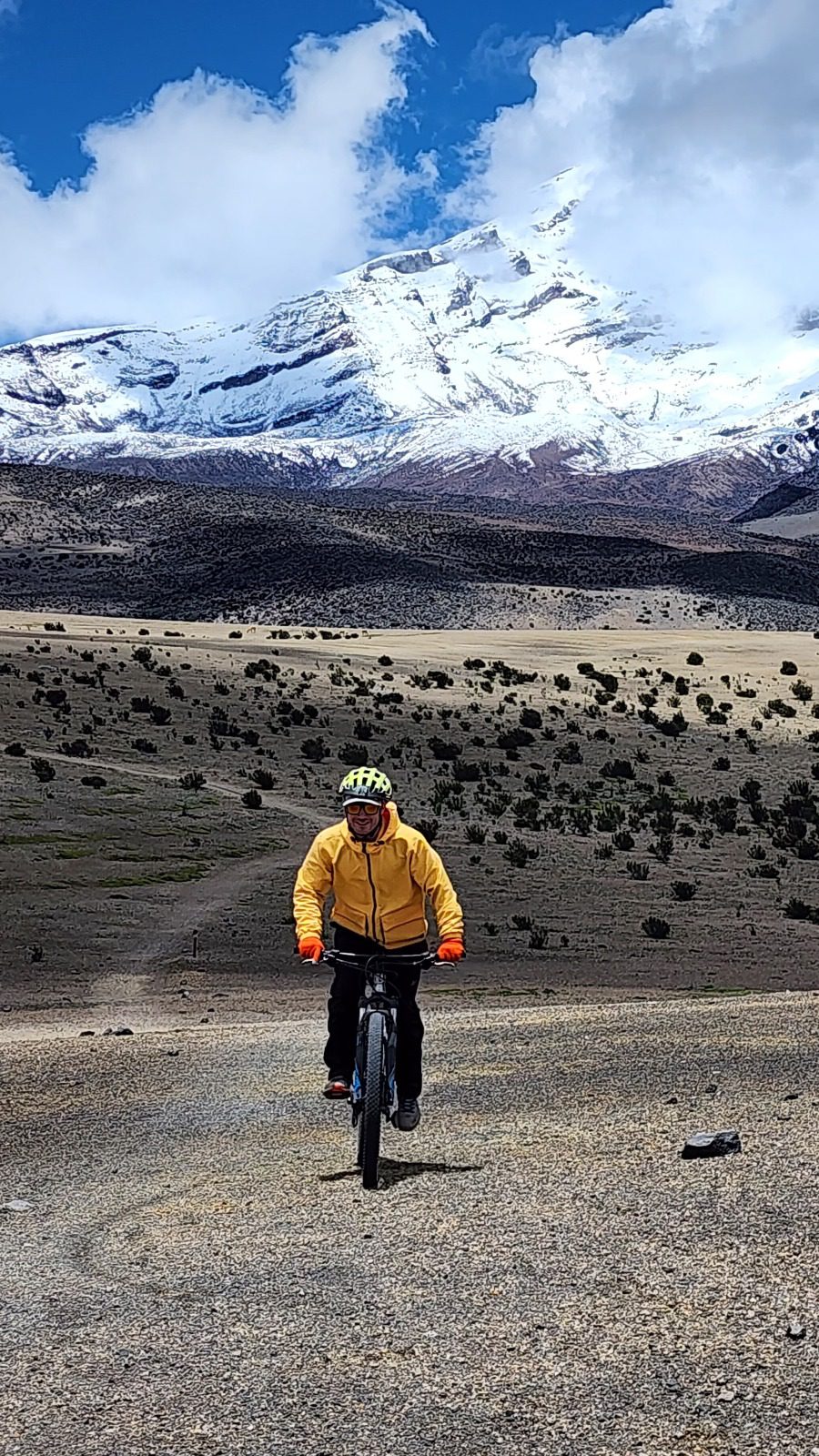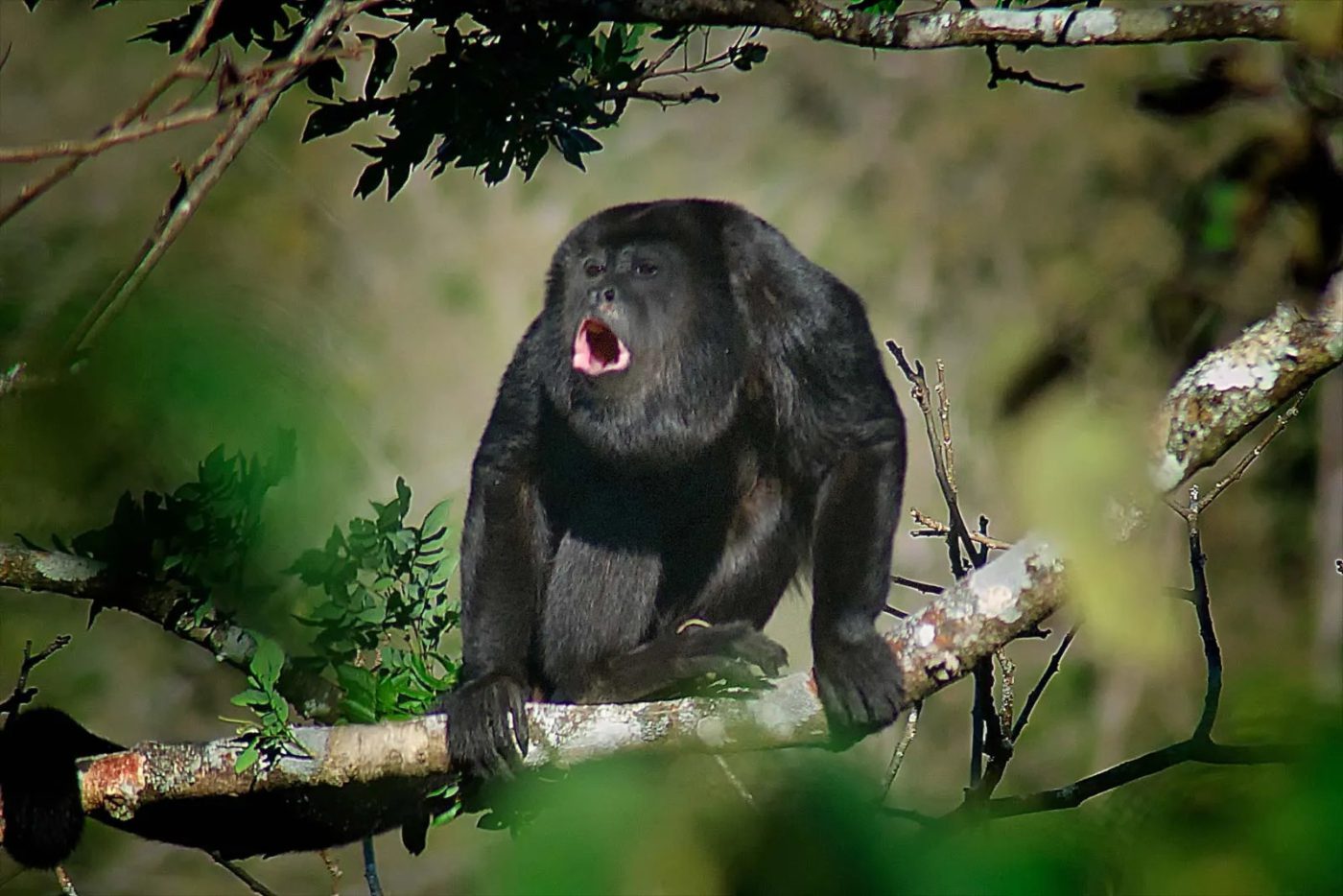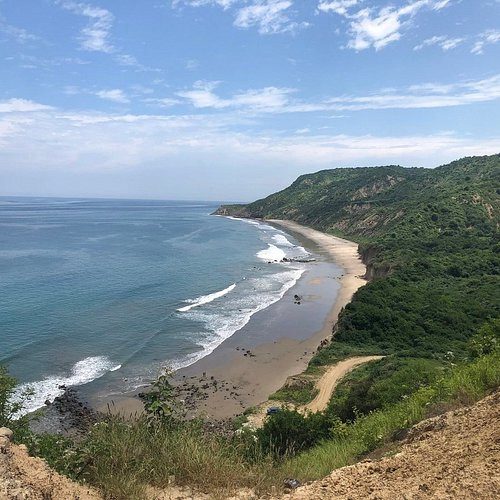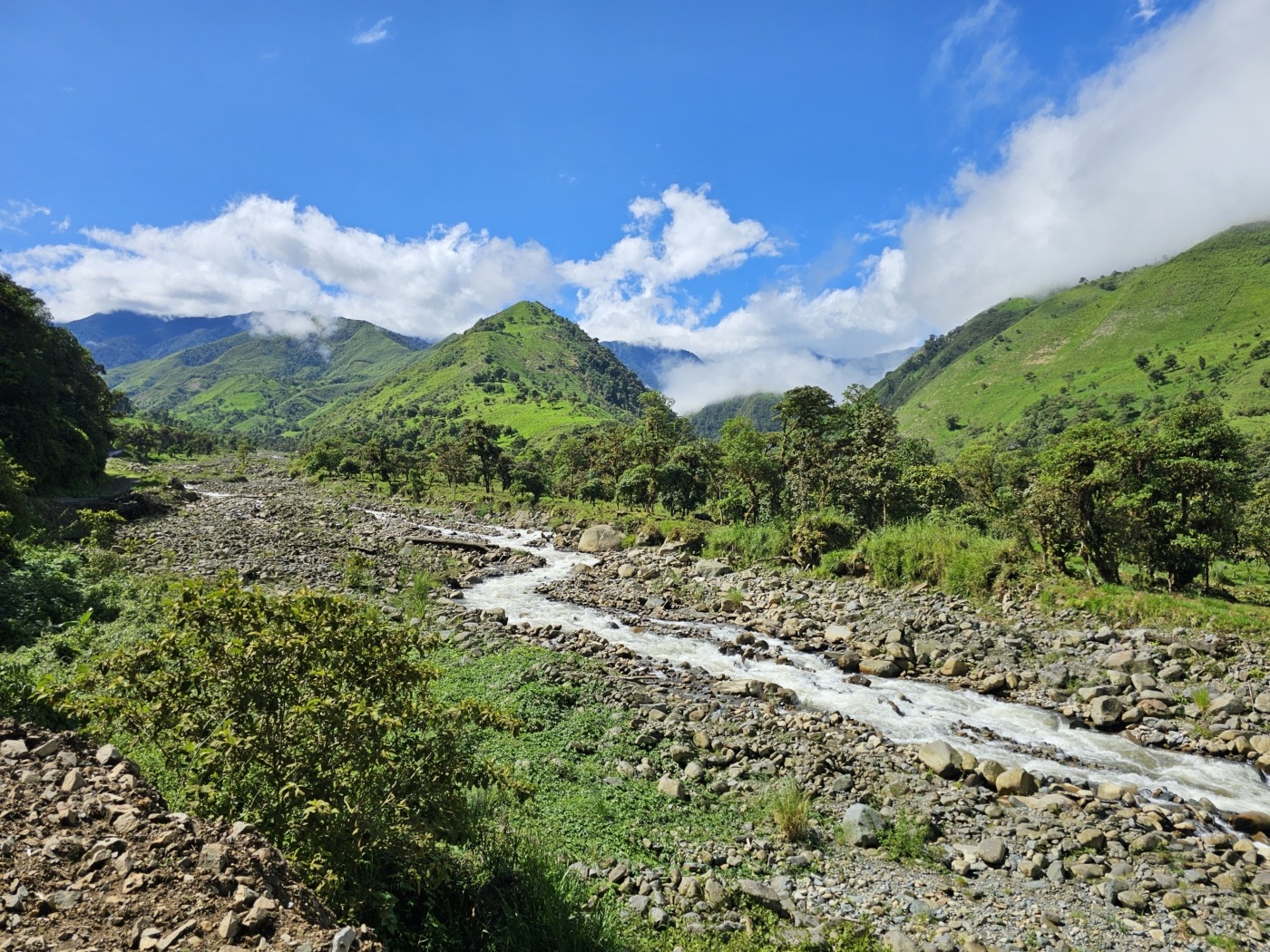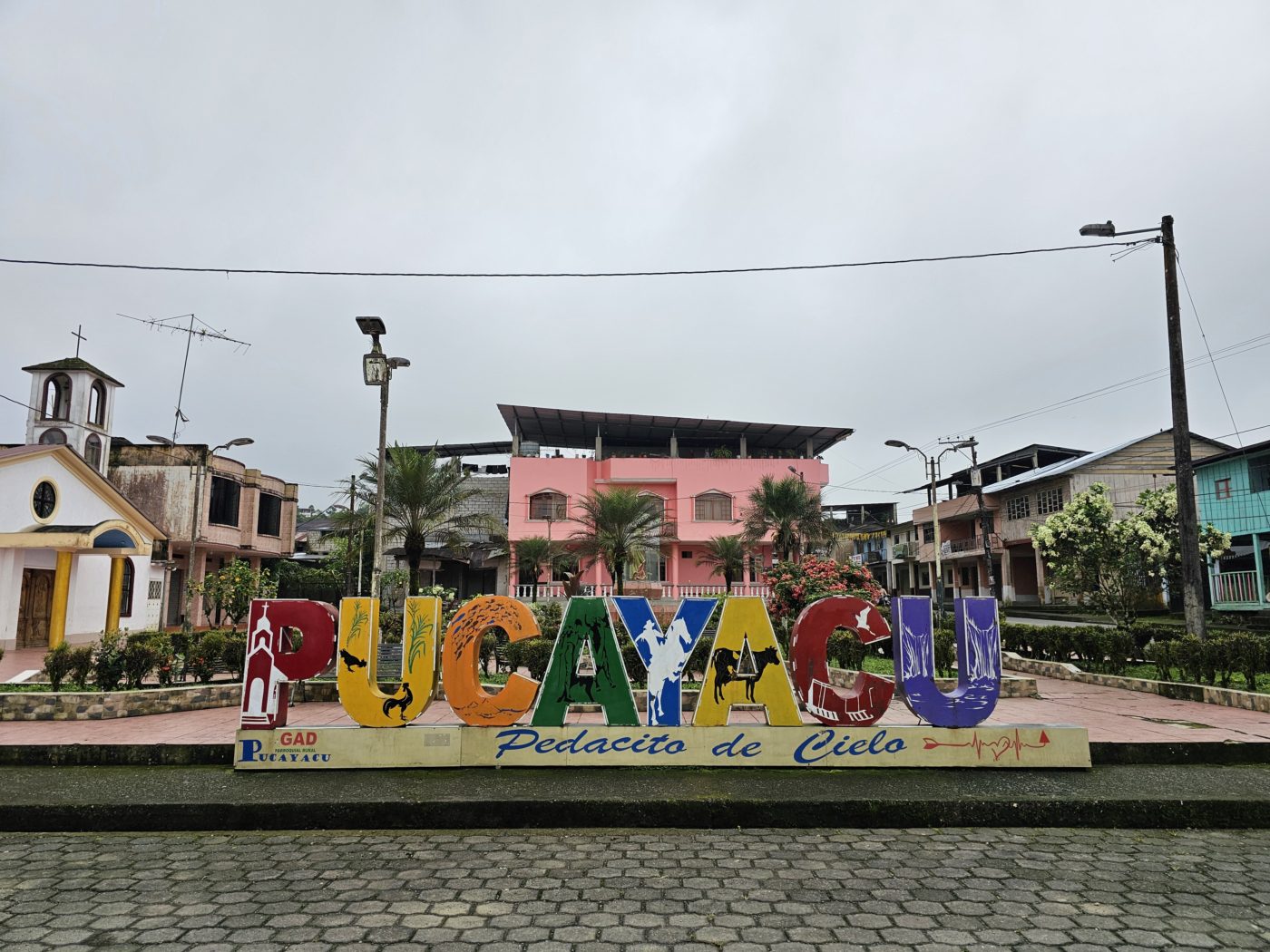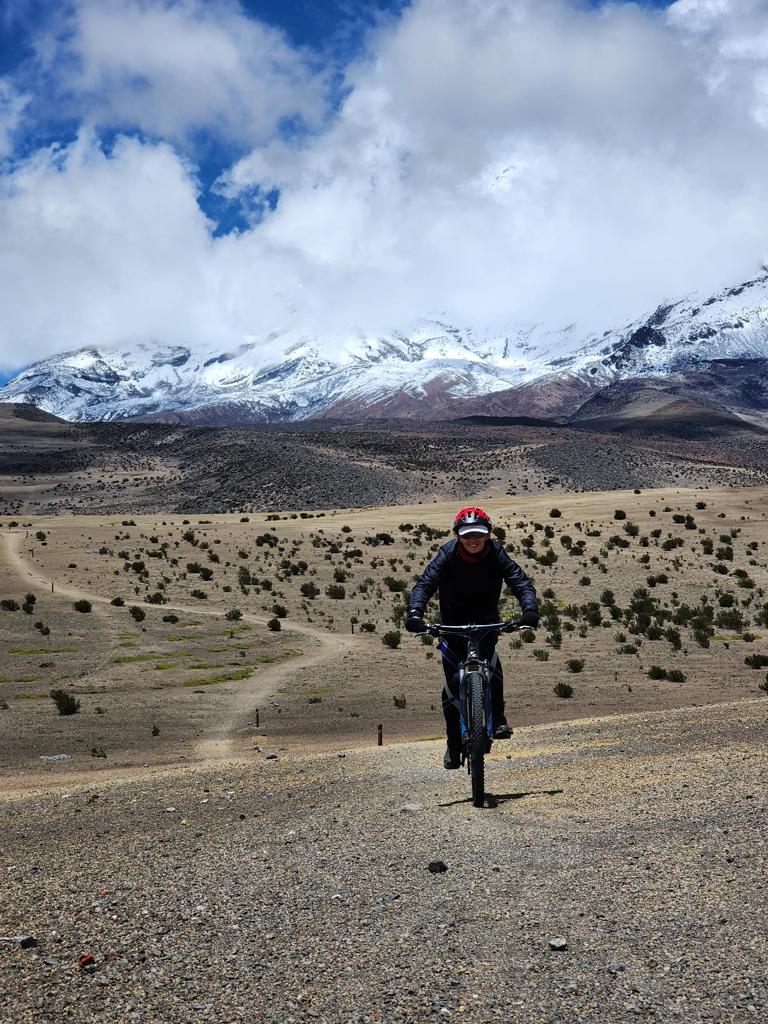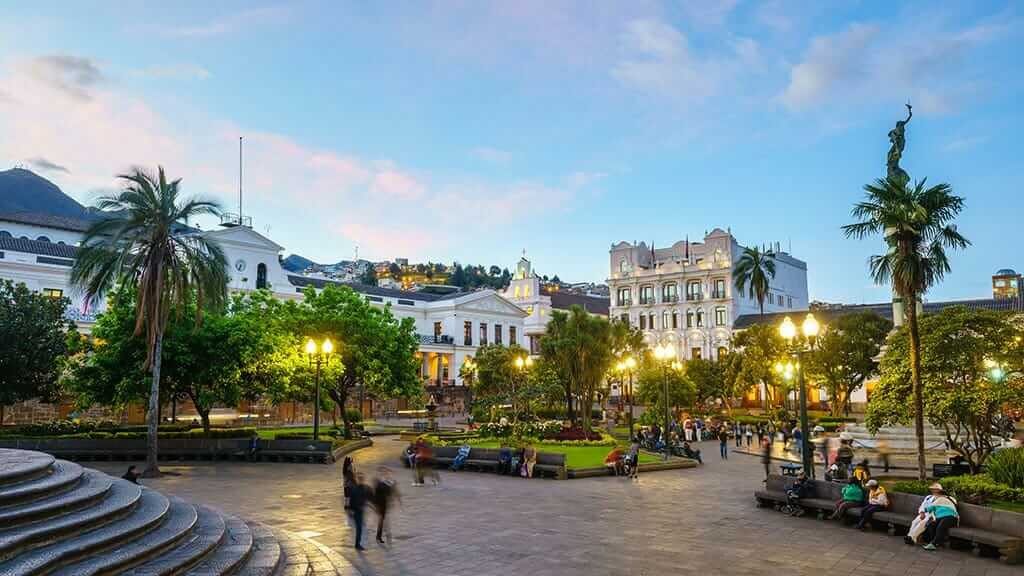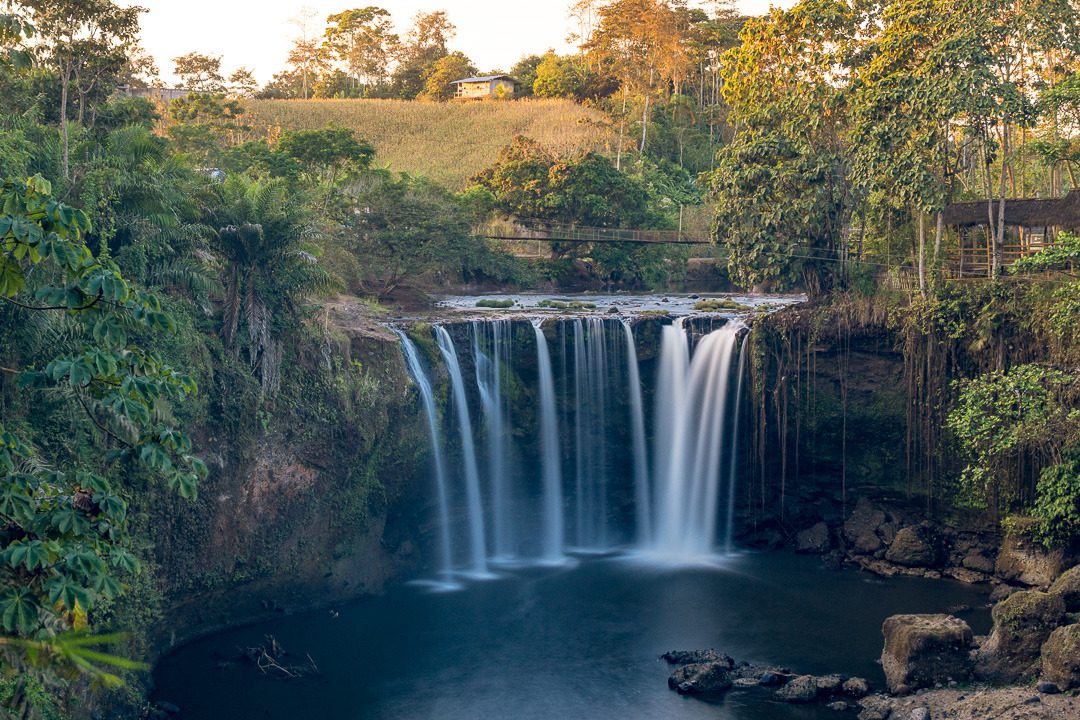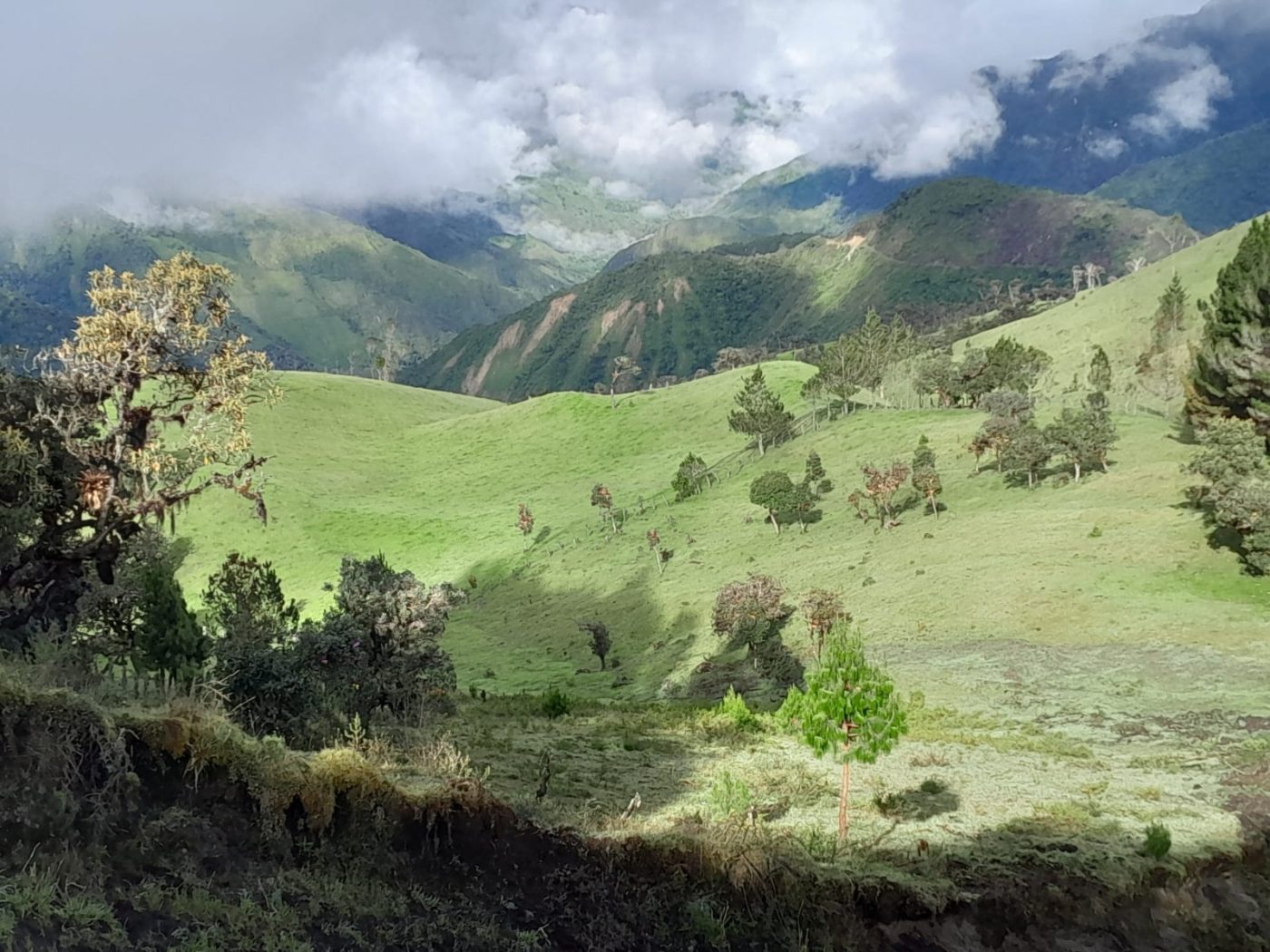With a rich cultural heritage influenced by Indigenous, Spanish, and African traditions, reflected in its festivals, music, and cuisine, Ecuador is known for its natural beauty, cultural richness, and ecological significance. But on top of all that, celebrate it for its amazing mountain biking opportunities!
A mountain biker’s dream, this expedition is truly exhilarating and one-of-a-kind! Explore the best-of-the-best trails in Ecuador. From amazing single-track in varying ecosystems to bumpy and adrenaline pumping ascents with panoramic views—this is one adventure you don’t want to miss. Cross the country from the high and brisk Andes, deep into the Cloud Forest, and venture down towards the sunny Coast. Take the ride of your life while learning about Ecuador’s vibrant culture.
Accommodation is provided at charming eco-lodges and colonial Haciendas.
Is This Ride For You?
You are someone who is looking for an incredible ride with some epic distances. You want to put in long days in the saddle, and you want to spend your time in the company of like-minded explorers. You want to take photos, identify wildlife, and take in new and exotic landscapes. You want to know if something goes wrong with your bike, your guides are ready to fix it on trail and are happy to use it as a learning experience. You appreciate being on vacation and having the details sorted out. You deserve a week of worry-free mountain biking in a beautiful and diverse paradise.
Itinerary
Day 1. Rundupamba to the Alambi Reserve — Mitad del Mundo
We’ll drive for a while on the quaint old road from Quito towards the Pacific Ocean coast. Drive until the highest point of the trip (3200 meters of altitude (10.500 feet)) where we switch to human power. You’ll descend on bike 10 kilometers (6 miles) on a paved yet quiet road, surrounded by Andino flora until we reach the village of Nono, located at 2900 meters (9500 feet) meters of altitude above sea level. From this point the ride continues on a quaint dirt road until Tandayapa (located at 1800 meters (5900 feet)) for 26 kilometers (16 miles).
The exuberant cloud forest is full of bromeliads, palm trees and orchids. At your right there is a mountain stream which soothing sound will accompany you. And very often small waterfalls will bedazzle you. We simply have to stop to take pictures of a flower, that you have never seen before!
Keep one eye on the road and the other peeled on the sky: there’s a good chance to see parrots, hummingbirds, toucans and caciques. At the end of the dirt road, we can visit a hummingbird sanctuary, where you can have hummingbirds feed from your hand!
At the end of this road, we will visit a hummingbird reserve where these wonderful birds will feed right off your hand! Quite an experience!
After a delicious home-made lunch, we head towards “La mitad del Mundo” the monument for the equator where we will also go to an interactive museum to see what being right on the equator is all about!
Day 2. Quito Old Center — Rail Bike — Cotopaxi
Get ready for an unforgettable day of adventure, culture, and natural wonders! Our epic bicycle tour kicks off in the heart of Quito’s historic center, where we’ll pedal through the charming streets of Colonial Quito. Marvel at the stunning architecture, vibrant plazas, and centuries-old churches as you soak in the rich history and culture of this UNESCO World Heritage site.
After a 1.5 hour drive, we shift gears to a unique and exhilarating experience –riding down the tallest active volcanoe in the world! Once we reach the park entrance of Cotopaxi National Park. We drive through pine forest and soon reach the Visitors’ center of the park. After visiting the Center we continue the ascent in our 4‑wheel drive vehicle until we reach the highest point of the tour, 4.800 meters/15.000 feet. The view from this point is stunning and on a clear day we are able to see 8 volcanoes.
We then put on helmets, gloves and protective pads and the bike adventure on the world’s highest active volcano can begin. The first 8 km (5 miles) will take us down 700 meters (2.300 feet) on dirt roads through volcanic ash and tundra landscape. At 3.800 meters you actually have to do some pedalling while we head down another 8 km (5 miles) between volcanic rocks and wild horses to our lunch spot by an Inca ruin at 3.700 meters (12.150 feet). With some luck we might see a condor or a caracara.
We’ll then put the bikes back on the jeep and head for the lake of Limpiopungo at 3.800 meters (12.500 feet) to find a natural spring where you can see thousand year old glacier water gush from the ground! We the cycle with the wind in our backs back to the entrance and congratulate ourselves for finishing an amazing day in the Andes.
Day 3. Baños (No, not bathrooms)
Next day we head towards Baños de Agua Santa a just under two hour drive, commonly known as Baños, a picturesque town nestled in the Andean mountains of Ecuador. It is renowned for its stunning natural beauty, abundant outdoor activities, and vibrant nightlife, making it an ideal destination for a bicycle trip.
Baños is famous for its therapeutic hot springs, which are rich in minerals and believed to have healing properties. After a day of cycling, soaking in these warm waters is a perfect way to relax and rejuvenate. The most popular hot springs, such as Termas de la Virgen, offer spectacular views of waterfalls and the surrounding mountains, enhancing the tranquil experience.
Cycling through Baños offers breathtaking views of lush green mountains, deep valleys, and cascading waterfalls. The scenic routes are dotted with viewpoints that provide panoramic vistas of the Tungurahua Volcano and the surrounding Andean landscape. These routes cater to all levels of cyclists, from beginners to advanced, with options for both leisurely rides and challenging climbs.
As addition to our biking tour and for adrenaline enthusiasts, Baños offers thrilling zip-line experiences. Cycling to one of the many zip-line parks and soaring over the canopy provides a unique perspective of the region’s natural beauty. The zip lines range from short, beginner-friendly rides to longer, more daring lines that span over rivers and valleys.
Last but not least! As the sun sets, Baños transforms into a lively town with a vibrant nightlife. The central streets come alive with music, dancing, and the aroma of local cuisine. Bars, clubs, and restaurants offer a variety of entertainment options, from live music to traditional dance performances. The nightlife in Baños is a perfect blend of local culture and modern entertainment, providing an exciting end to a day of adventure.
Day 4. Chimborazo — Ambato
We drive for just over an hour to Mount Chimborazo (6310meters (20.700 feet)), the highest and most impressive of Ecuador’s volcanoes. We Park at the lower refuge (4800 meters (15.750 feet)) and continue on foot to the Edgar Whymper Refuge. Located at 5000 meters this is the highest refuge in the world!
From here, it’s all downhill — first on foot, and then by bike on a single track. We then descend all the way to Ambato (2800 meters (9.800 feet) on one of the most scenic and spectacular roads in Ecuador. This road is tarmac, but it never seems to disappoint! It’s the old road to Ambato so traffic is a bare minimum. This is an amazing bike ride through the highlands, with vicuñas being the sole inhabitants of these wild stretches. On this tour, cyclists enjoy a breathtaking 70 kilometers (44 miles) ride through varying landscapes in just one day.
This day is by far a guest favorite. Seldom does one have the chance to ride from the snow line of a volcano, through rural Andean patchwork fields, picnic with vicuñas and at the end of the ride arrive in a modern city. We then drive for one hour to Lasso, where we spend the night.
Day 5. Lasso — Quilotoa
The next day, the journey continues from the town of Lasso in Latacunga. This segment of the trip takes you through a magnificent dirt road that leads to the stunning Quilotoa Lake, offering an immersive experience of Ecuador’s rural charm and indigenous culture.
Cycling along these dirt roads, you’ll pass by numerous traditional farms, where you can observe the daily life of local farmers. The landscape is dotted with fields of crops and grazing livestock, providing a picturesque backdrop of rural Ecuador. The air is filled with the fresh scent of the countryside, and the tranquility of the area is only interrupted by the occasional sounds of farm animals.
As you make your way through the route, you will encounter indigenous people dressed in their traditional attire. Women in brightly colored skirts, ponchos, and hats, and men in their distinctive clothing, often shepherding their sheep. These encounters offer a glimpse into the rich cultural heritage of the region, where traditions have been preserved for generations.
The route to Quilotoa Lake takes you through breathtaking canyons and valleys. The dramatic cliffs and deep gorges carved by rivers over centuries offer spectacular views and challenging terrain. These natural formations are a testament to the powerful geological forces at work in the region and provide a stunning backdrop for your cycling adventure.
The journey culminates at Quilotoa Lake, a mesmerizing crater lake with striking turquoise waters. The lake is set within a caldera formed by a volcanic eruption, and its vibrant color is due to the minerals dissolved in the water. Quilotoa is a popular destination for hikers and cyclists, and the view from the rim of the crater is nothing short of breathtaking.
Day 6. Quilotoa — La Maná
Our next day is very special because we start descending down the Andres and into the coast! Your adventure begins in the charming Andean village of Chugchilán. From here, you embark on a thrilling descent from the highlands to the lush lowlands, heading towards La Maná. This segment of the journey is a hidden gem, showcasing some of Ecuador’s best-kept secrets.
The dirt road winds through the mountains, offering panoramic views of the valleys below. The crisp mountain air gradually gives way to warmer, more humid conditions as you lose elevation. As you descend, you’ll ride into the enchanting cloud forest, a mystical environment where the forest canopy is often shrouded in mist. The cloud forest is teeming with biodiversity, and you might catch glimpses of exotic birds, vibrant orchids, and other unique flora and fauna. The dense vegetation and the sound of wildlife create an immersive natural experience.
As you continue your descent, the climate becomes noticeably warmer. The transition from the cool highlands to the tropical lowlands is marked by a change in vegetation and a rise in temperature. The lush greenery of the cloud forest gradually gives way to the verdant, tropical landscape of La Maná.
Our day ends in a jungle lodge where we can relax the rest of the day, swimming in rivers or doing some amazing hikes.
Day 7. La Maná — El Embalse
After a two hour drive, we embark on our cycling adventure through the endless banana and coconut plantations that define this region. The plantations stretch as far as the eye can see, with rows of banana trees and coconut palms swaying gently in the tropical breeze. The vibrant green of the foliage contrasts sharply with the deep blue of the sky, creating a picturesque setting for our ride.
As we pedal through this new terrain, the differences from the Andes are palpable. The flat, fertile plains of the coastal region provide a stark contrast to the rugged, mountainous landscapes we’ve left behind. The pace of life here seems more relaxed, reflecting the laid-back attitude of the coastal communities. The people we meet along the way greet us with warm smiles and a friendly wave, embodying the hospitality for which Ecuador is known.
The atmosphere at sea level is vibrant and full of life. The air is thick with the sounds of tropical birds and the rustling of leaves. The colors are more vivid—bright green foliage, golden banana bunches, and the occasional splash of color from tropical flowers. Everything around us seems to pulse with energy and life, making it feel as though we have entered a completely different country.
One of the highlights of this day is visiting a stunning waterfall nestled within the plantations. The waterfall cascades down in a torrent of crystal-clear water, creating a cool, refreshing oasis amid the tropical heat. The sound of the water crashing into the pool below is both powerful and soothing, offering a perfect spot to rest and take in the natural beauty.
As the day comes to an end, we settle in for the night in this remarkable area. Accommodations here often reflect the simplicity and charm of the region, with cozy lodges or guesthouses that blend seamlessly into the tropical surroundings. The evening can be spent enjoying a delicious meal featuring local ingredients, perhaps a fresh seafood dish or tropical fruits, while reflecting on the diverse landscapes we’ve encountered.
Day 8. El Embalse – Manta
Today’s ride involves crossing a series of gentle hills. As we pedal up and down the undulating terrain, we are surrounded by palm trees that stretch as far as the eye can see. The sight of endless rows of palms, their fronds swaying in the breeze, creates a mesmerizing landscape. The rolling hills add a bit of challenge to our ride, but the stunning scenery makes every climb worth it.
Along the way, we cross numerous rivers, their clear waters a refreshing sight in the tropical heat. Some rivers are spanned by charming old bridges, while others may require us to ford the shallower sections. The sound of flowing water accompanies us, adding a soothing background to our journey.
Our route takes us through several quiet and sleepy villages. These small communities, nestled among the palm groves, exude a tranquil charm. The villagers go about their daily routines, often pausing to greet us with friendly smiles and waves. The simplicity and slow pace of life in these villages offer a glimpse into a way of life that feels timeless and deeply connected to the land.
Our faithful support car waits for us to make the two-hour drive into Manta, a city on the Pacific Ocean where we have come to see the sunset and have a ceviche on the beach.
From here we make a short 30-minute drive to Pacoche Natural Reserve.
Day 9. Back to Quito
On our last day we have a real treat. We start the day by driving 20 minutes to Pacoche Nature reserve. Pacoche Lodge & Reserve is located in one of the last remaining semi-dry tropical forests, at the Ecuadorian coast, in the province of Manabí.
The forest is a green patch in the middle of a semi-desertic area of the coast of Manabí. It’s fascinating microclimate serves as habitat for countless species that are characteristics of the area. Pacoche is well-known for the howler monkeys, and over 250 species of birds, from which, 55 are endemic.
From here our bike tour begins! We quickly leave this micro climate jungle behind and go through a dry forest, down a dirt road towards the coast and to the fishing village of Santa Marianita. Here we cycle on the beach for a while enjoying the ocean breeze, before we embark on a dirt road once again, this time to the fishing village of San Mateo. We enjoy a typical costal lunch on the beach. After relaxing by the ocean, we go to Montecristi by car, this is where the famous Panama hats are made. We have a tour of how these famous hats are made and through this colonial town and then start our 20-minute trip to the airport, where we take our flight back to Quito.
Important information
- Itinerary Disclaimer: Even though we have a detailed itinerary, changes can be made by your guides, due to weather or for safety reasons. Please also note that none of the wildlife sightings mentioned in the itinerary are guaranteed.
- Visas and Passports: Make sure you check your visa and passport validity and requirements per country. It is important your passport is valid for at least 6 months before your date of travel.
- Accommodation: We strive to use small and charming places that are unique and provide stellar service.
- Transportation: Driving time can take more than expected in Ecuador, as it is a small country with roads meandering through the Andes mountains. We assure your comfort during transit no matter the size of the group.
- Weather and Elevation: In Ecuador the weather can be very variable depending on which side of the Andes you are traveling to, so it is highly recommended to come ready for all kinds of weather. When they say “Ecuador, All in One Place” they mean it! The altitude determines the temperature and the higher you go the colder it gets. Don’t let the geographic location of the country fool you. Even at a mere 15,000 feet the temperatures can feel like those of a winter in the northern United States. The coastal lowlands in the western part of Ecuador are typically warm with temperatures in the region of 25 °C (77 °F). Coastal areas are affected by ocean currents and between January and April are hot and rainy. The weather in Quito is consistent with that of a subtropical highland climate. The average temperature during the day is 70 °F (21 °C), which generally falls to an average of 50 °F (10 °C) at night. The average temperature annually is 64 °F (17.8 °C). There are only really two seasons in the city: dry and wet. The dry season runs from June to September and the wet season is from October to May.
- Health Advisory: No vaccinations needed for this trip
The following data represents a typical itinerary, but adventure travel can be unpredictable and our Guides may need to make last-minute changes to ensure your enjoyment. Inclement weather, road closures, changes to the itinerary to accommodate requests, and other issues may affect the itinerary. The ride data represents an ‘average’ itinerary, and may differ when you actually show up to ride. Our guides make every effort to stick to the itinerary as posted, but your safety is our number 1 priority.
| Day | Hours of riding | Distance ridden | Elevation gained | Elevation lost | Highest elevation |
|---|---|---|---|---|---|
| 1 | 0 | 25 | 0 | 0 | 11000 |
| 2 | 4.5 | 25 | 564 | 4112 | 15800 |
| 3 | 3.5 | 30 | 646 | 3681 | 6300 |
| 4 | 3.5 | 44 | 500 | 3000 | 15000 |
| 5 | 0 | 45 | 0 | 0 | 12800 |
| 6 | 4.5 | 45 | 492 | 6670 | 15800 |
| 7 | 4.5 | 50 | 1692 | 7050 | 800 |
| 8 | 3.5 | 50 | 646 | 6909 | 800 |
| 9 | 20 | 900 | |||
| Totals | 24 HRS |
Picture yourself here…
